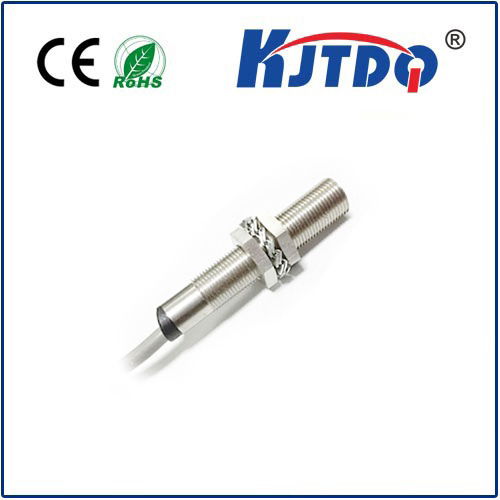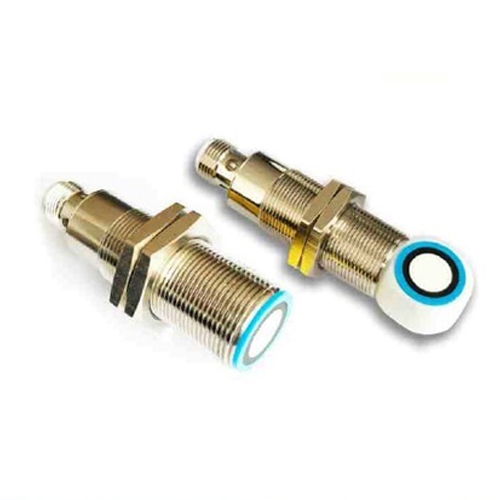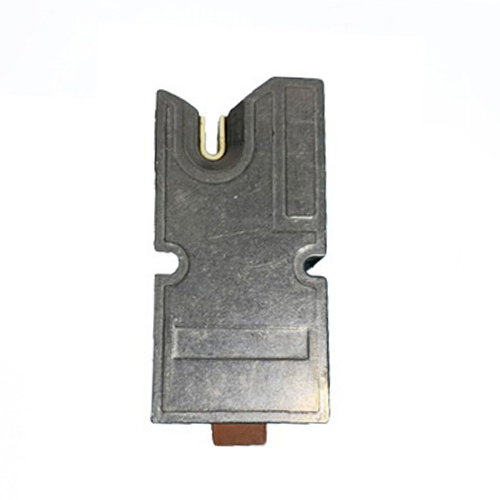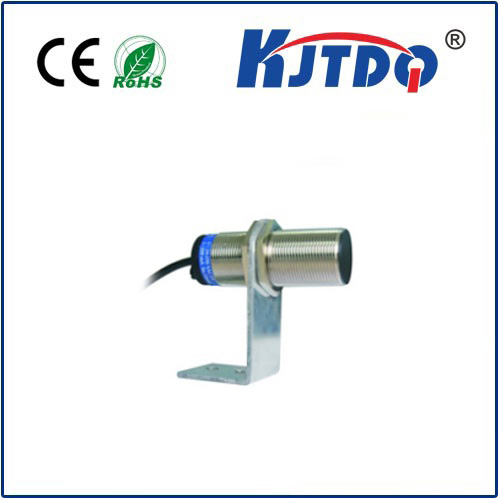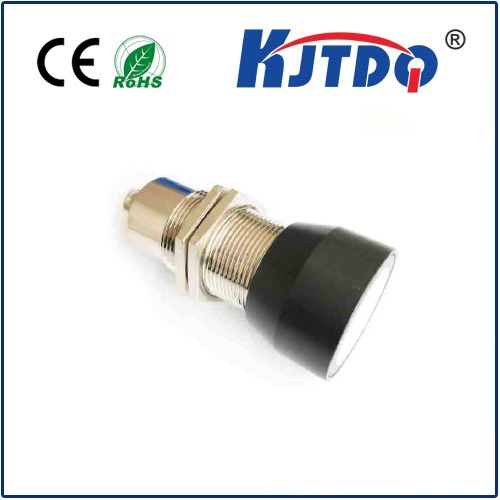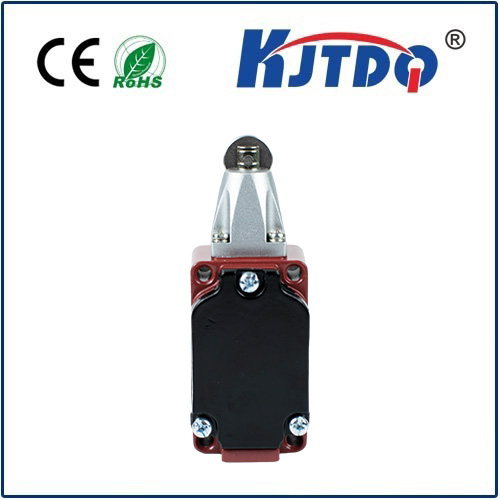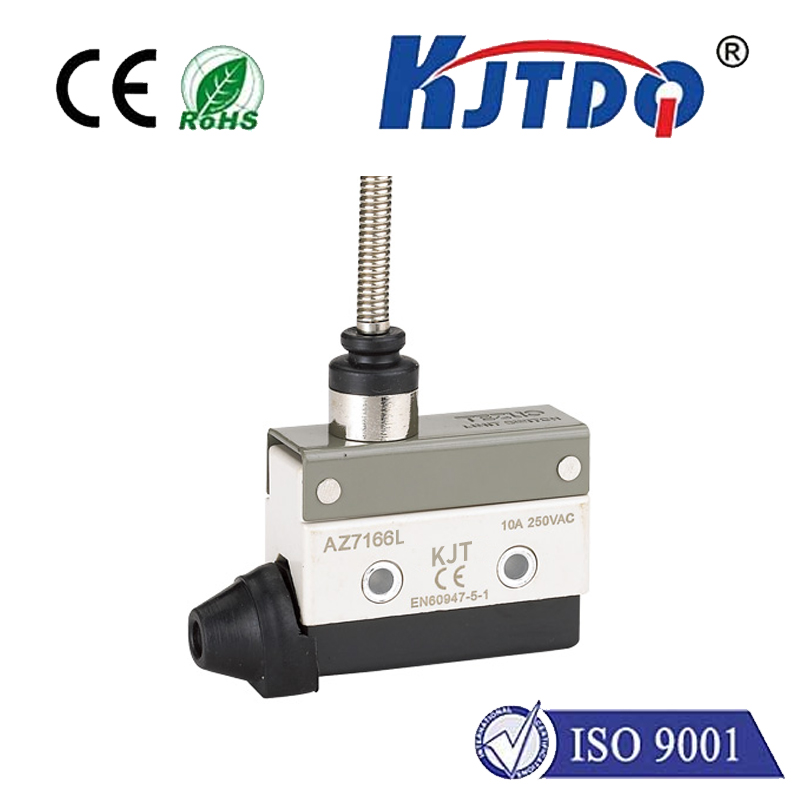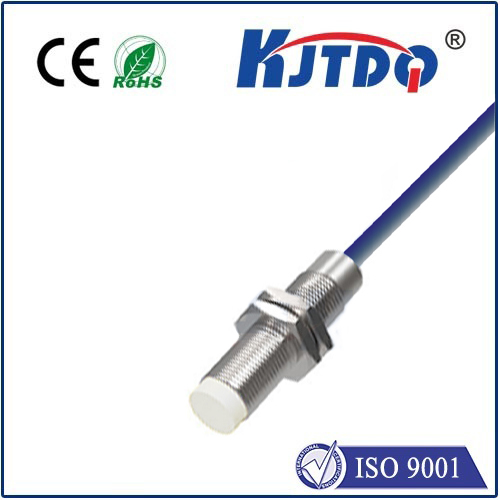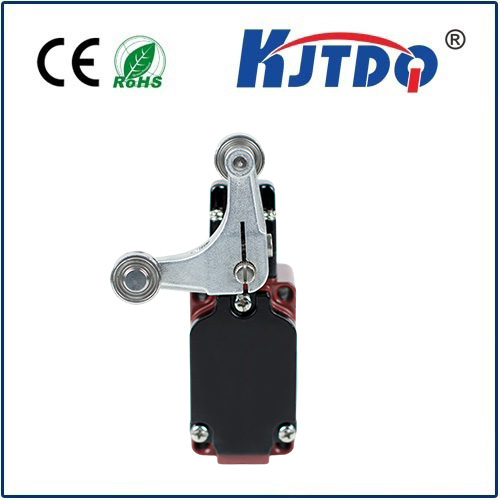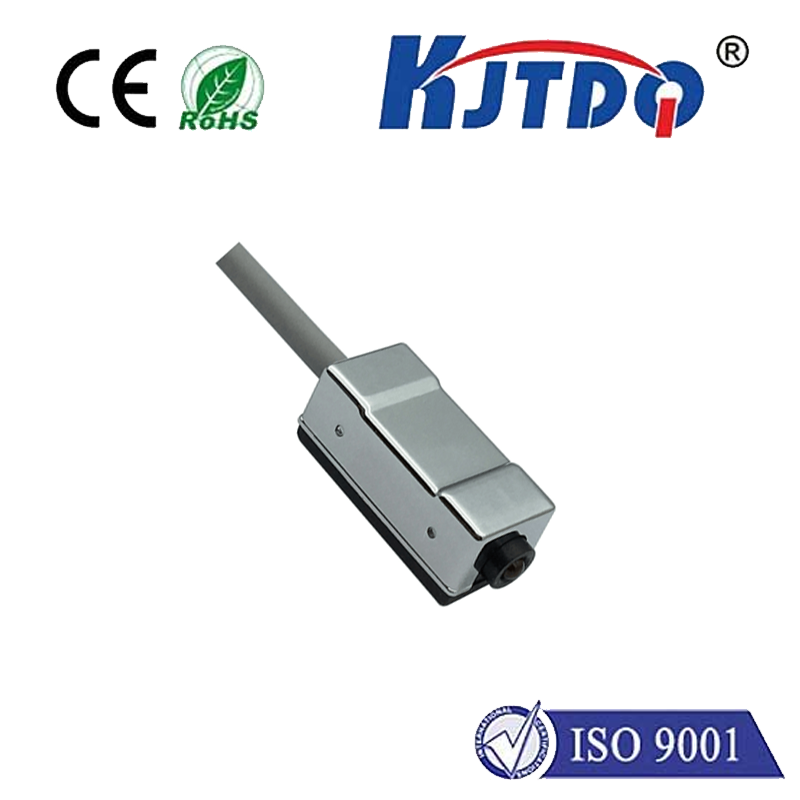proximity sensor for sale
- time:2025-06-23 17:00:54
- Click:0
Find the Perfect Proximity Sensor for Your Project - Browse Options for Sale
Imagine a machine that knows when an object is near without ever touching it. It avoids collisions, counts products whizzing by, detects the precise position of components, or verifies a lid is securely closed. This isn’t science fiction; it’s the everyday reality powered by the proximity sensor. These unsung heroes of automation and countless electronic devices provide crucial non-contact detection, enhancing safety, efficiency, and reliability. Whether you’re an engineer sourcing components for a complex assembly line, a hobbyist building a robot, or a technician replacing a faulty unit, finding the right proximity sensor for sale is key to your project’s success. This guide illuminates the diverse world of proximity sensors currently available, helping you navigate the options to make an informed purchase.
Understanding the Proximity Sensor: Beyond Simple Presence
At its core, a proximity sensor detects the presence or absence of an object within a defined range without physical contact. Unlike limit switches that require a bump, proximity sensors work through various physical principles, primarily electromagnetic fields. The most common types include:
- Inductive Proximity Sensors: These detect metallic objects. They generate an electromagnetic field; when a metal target enters this field, it causes a change in the sensor’s oscillation, triggering detection. Robust and reliable, they excel in harsh industrial environments (oil, dust, vibration) for tasks like counting metal parts, verifying machine tool positions, or detecting cylinder pistons. Look for inductive proximity sensors for sale focusing on sensing range, target material (ferrous/non-ferrous), and environmental ratings (IP67/IP69K).
- Capacitive Proximity Sensors: These detect a much broader range of materials – metals, plastics, wood, liquids, powders, and even glass. They sense changes in capacitance caused by the presence of any material that disturbs their electrostatic field. This makes capacitive sensors for sale invaluable for detecting filled vs. empty containers (liquid or granular), monitoring levels in silos, counting non-metallic packages, or verifying label presence. Key considerations include sensitivity adjustment and the material type requiring detection.
- Magnetic Proximity Sensors (Reed Switches): These simple devices detect the presence of a magnetic field, typically from a permanent magnet. When the magnet approaches, internal contacts close (or open). Magnetic proximity sensors for sale are highly reliable for position sensing in applications like door/window security alarms, detecting the position of pneumatic cylinders (using a magnet embedded in the piston), or simple on/off detection where a magnet can be mounted on the target.
- Photoelectric Sensors: While often categorized separately, many function as proximity sensors by detecting reflected light. Diffuse sensors detect an object when light bounces back to the receiver, while retro-reflective types use a reflector. Through-beam variants (separate emitter/receiver) offer the longest range and highest reliability. Search for photoelectric proximity sensors for sale when needing longer detection ranges, color differentiation, or detecting transparent objects.
Why Choose Proximity Sensors? Key Advantages Driving Demand

The widespread availability of various proximity sensors for sale is driven by compelling advantages that outperform mechanical alternatives:
- Non-Contact Operation: Eliminates wear and tear, leading to vastly extended operational lifespans. No physical contact means no friction, impact, or mechanical fatigue.
- High Reliability & Speed: Detection happens almost instantaneously. Proximity sensors boast high switching frequencies, capable of responding tens of thousands of times per second, crucial for high-speed automation counting and positioning.
- Suitability for Harsh Environments: Many sensors, especially inductive types, are encapsulated in rugged housings (often stainless steel or nickel-plated brass) with high Ingress Protection (IP) ratings. They operate flawlessly amidst dirt, dust, moisture, oils, and vibrations where mechanical switches would fail.
- ️ Minimal Maintenance: The absence of moving parts dramatically reduces the need for maintenance, lubrication, or adjustment, translating to lower operational costs and increased uptime.
- Versatility: From detecting sub-millimeter precision on a CNC machine to sensing the fill level in a grain silo, the range of available proximity sensor types for sale caters to an immense variety of applications across industries.
Navigating the Purchase: Finding the Right Proximity Sensor for Sale
The sheer variety of proximity sensors for sale online and through distributors can be overwhelming. Making the right choice requires considering several critical factors:
- Target Material: What are you trying to detect? Metal? Plastic? Liquid? Cardboard? This is the most fundamental question determining whether you need inductive, capacitive, magnetic, or photoelectric sensing technology.
- Sensing Distance (Range): How far away does the sensor need to detect the object? Ensure the sensor’s nominal sensing range exceeds your application requirement, considering safety margins. Note that detection range can vary based on target size, shape, and material.
- Operating Environment: Will the sensor face high temperatures, heavy washdowns (requiring IP69K), corrosive chemicals, strong electromagnetic interference (EMI), or significant vibration? Environmental robustness is critical for long-term reliability; ensure the IP rating and housing material (e.g., stainless steel vs. plastic) are suitable.
- Output Configuration: Does your control system require a simple On/Off signal? Common outputs include NPN (sinking), PNP (sourcing), Normally Open (NO), Normally Closed (NC), or Analog (4-20mA/0-10V). Select the output type for sale that matches your PLC or controller input requirements. Analog outputs provide continuous distance measurement.
- Size and Mounting: Space is often limited. Consider the sensor’s physical dimensions (barrel size like M8, M12, M18, M30, or rectangular format) and mounting requirements (flush mount, non-flush mount, brackets). Ensure it fits into your application’s mechanical design.
- Electrical Requirements: Match the sensor’s operating voltage (e.g., 10-30V DC commonly) and current consumption to your power supply capabilities.
Where to Source Your Proximity Sensor: Finding Reliable Options
The marketplace for proximity sensors for sale is extensive. Key sourcing channels include:
- Industrial Automation Distributors: Major global distributors (e.g., Allied Electronics, Digi-Key, Mouser, AutomationDirect, RS Components) offer vast inventories from dozens of leading manufacturers (Omron, Sick, Pepperl+Fuchs, Balluff, Schneider Electric, IFM, Turck). They provide detailed datasheets, filtering tools, and reliable shipping. This is often the best source for individual units or small quantities with fast availability.
- Direct from Manufacturers: For large volume purchases or highly specialized sensors, purchasing directly from the manufacturer or their authorized resellers may be preferable. This often comes with direct technical support.
- Online Marketplaces (with Caution): Platforms like Amazon or eBay list many proximity sensors for sale. While convenient and sometimes cheaper, exercise caution regarding authenticity, warranty support, and product specifications. Verify seller ratings and reviews meticulously. Best suited for non-critical hobbyist projects.
- Local Electronics/Hobbyist Stores: For quick, simple replacements or hobby needs, local stores might carry basic inductive or magnetic sensors.
Maximizing Value: Quality and Support Matter
While finding a proximity sensor for sale at the lowest price is tempting, prioritize reliability and support, especially for critical industrial applications. Reputable brands and distributors offer:
- Consistent Quality Assurance: Sensors meet stated specifications.
- **Access to Dat






